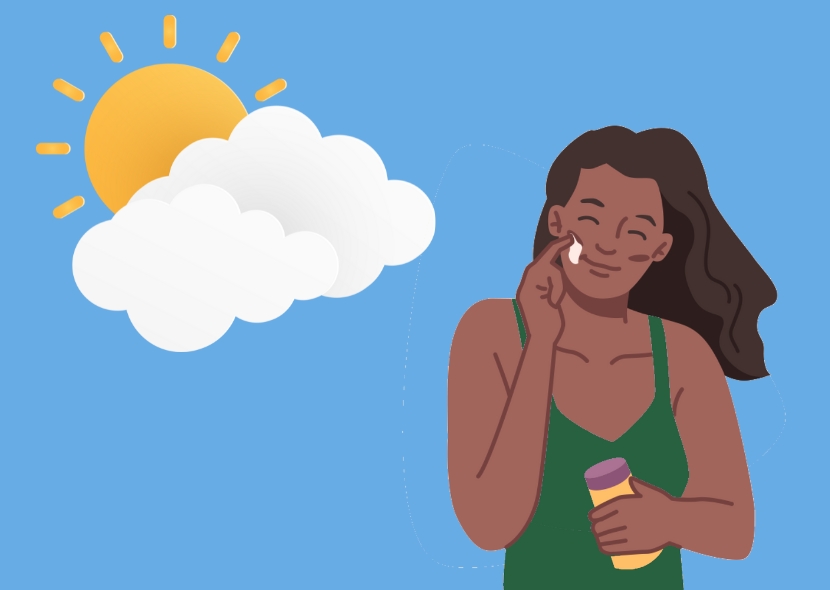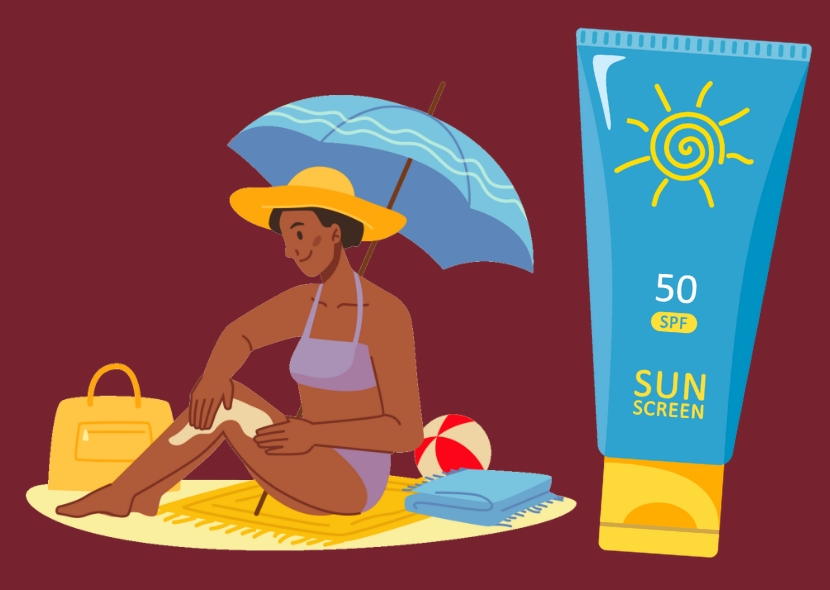
Skin Safety
4 Things to Know to Protect Your Skin
More than 90% of skin cancer is caused by excessive UV exposure.
- Your risk for melanoma doubles with more than five sunburns.
- Just one severe sunburn in childhood or adolescence more than doubles your chances of developing skin cancer later in life.
- Avoid tanning beds and UV lamps (like the ones used in nail salons); they can cause irreversible damage to your skin.
Skin cancer can affect anyone, regardless of skin color or ethnicity.
- Melanoma can present differently in people of color than it does in white people.
- Acral lentiginous melanoma is the most common skin cancer among people of color. It often appears as a line under your nail, a bleeding blister on your toe, or a spot on your palm or sole of your foot.
- People of color are often diagnosed with skin cancer later in its progression, when treatment may be less effective. You are your best advocate for your concerns or changes you notice on your body.
Everyone should wear sunscreen daily, all year round; it’s one of the easiest ways to prevent skin cancer.
- For day-to-day use, pick a broad spectrum sunscreen with an SPF of at least 30, and reapply throughout the day.
- In addition to sunscreen, dermatologists recommend physical protection like wide-brimmed hats, sunglasses, and protective clothing, and seeking shade whenever possible.
- Even on cloudy days, most of the sun’s UV rays can still reach you and cause damage.
- Snow, sand, and water reflect the sun’s damaging rays. This can increase your chances of sunburn.
Checking your skin regularly is a great way to spot changes early and get them evaluated.
- Dermatologists recommend doing a full-body check of yourself monthly. If you notice anything changing, growing, or bleeding on your skin, see a healthcare provider right away.
- Know the ABCDEs of checking moles: Asymmetry, Border, Color, Diameter, Evolving.
- Most skin cancers are very treatable when caught early.
Learn More About Sun Safety and Skin Cancer Prevention
The Most Common Melanoma Among People of Color

Skin Cancer Causes and Risk Factors
Skin Cancer Screening and Treatment
This content is created by the Johns Hopkins Bloomberg School of Public Health and the Sidney Kimmel Comprehensive Cancer Center at Johns Hopkins. The information presented here is for educational purposes and should not be used to diagnose a medical condition. Speak with a health care provider about any concerns or symptoms you're experiencing.






